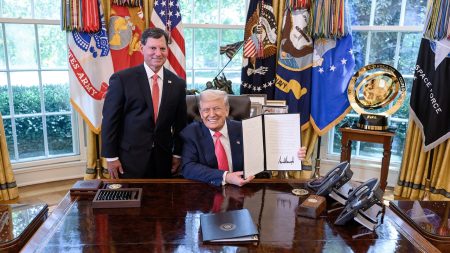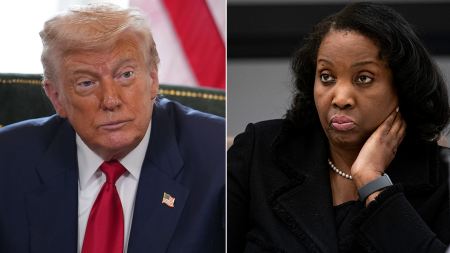In an effort to prevent terror attacks on US soil, the government employs various strategies to anticipate and counter potential threats. Former White House Counterterrorism Coordinator, Richard Clarke, emphasizes the importance of understanding the motives and tactics of adversaries such as Russia and China, who may seek to influence the outcome of US elections. By predicting potential scenarios and developing preemptive responses, authorities aim to create a proactive approach to national security. This preemptive mindset allows officials to have a contingency plan in place, enabling them to respond quickly and decisively to unforeseen events.
One of the key components in thwarting terror attacks in advance is intelligence gathering. By monitoring the activities of known terrorist groups and individuals, law enforcement agencies can identify potential threats before they materialize. This proactive surveillance approach allows authorities to intercept communication, track movements, and gather crucial information that can be used to prevent attacks. Additionally, through collaboration with international partners and sharing intelligence, the US can expand its reach and enhance its ability to identify and neutralize threats both at home and abroad.
Another critical aspect of preventing terror attacks is implementing security measures that deter potential perpetrators. Enhanced screening procedures at airports, increased presence of law enforcement officials at public events, and heightened security at critical infrastructure sites are all measures aimed at reducing vulnerabilities and deterring would-be attackers. By creating a visible security presence in key locations, authorities aim to dissuade individuals or groups from carrying out attacks, as the likelihood of being caught or stopped increases.
In addition to intelligence gathering and security measures, the US government also focuses on countering violent extremist ideologies that may inspire individuals to carry out attacks. Through various programs and initiatives, officials work to prevent radicalization and provide support to individuals at risk of becoming involved in violent extremism. By addressing the root causes of radicalization and offering alternatives to violence, authorities aim to disrupt the recruitment efforts of terrorist groups and prevent individuals from committing acts of violence.
Furthermore, the US government utilizes technology and data analysis to enhance its ability to thwart terror attacks in advance. Algorithms and predictive analytics are used to identify patterns and anomalies in communication data, social media activity, and other sources of information. By analyzing large volumes of data in real-time, authorities can uncover potential threats and take preemptive action to prevent attacks. This data-driven approach allows officials to stay ahead of emerging risks and adapt their strategies to respond effectively to changing threats.
Overall, the US government’s efforts to thwart terror attacks in advance involve a multi-faceted approach that combines intelligence gathering, security measures, countering extremist ideologies, and technology-driven data analysis. By anticipating potential threats, developing preemptive responses, and collaborating with international partners, authorities aim to create a proactive national security stance that can effectively mitigate the risks of terror attacks. While the threat landscape continues to evolve, the US government remains committed to staying ahead of emerging risks and safeguarding the country from the threat of terrorism.













